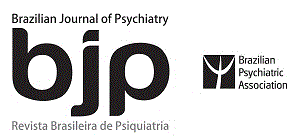Resumo em Inglês:
INTRODUCTION: The use of clinical staging models is emerging as a novel and useful paradigm for diagnosing severe mental disorders. The term "neuroprogression" has been used to define the pathological reorganization of the central nervous system along the course of severe mental disorders. In bipolar disorder (BD), neural substrate reactivity is changed by repeated mood episodes, promoting a brain rewiring that leads to an increased vulnerability to life stress. METHOD: A search in the PubMed database was performed with the following terms: "staging", "neuroprogression", "serum", "plasma", "blood", "neuroimaging", "PET scan", "fMRI", "neurotrophins", "inflammatory markers" and "oxidative stress markers", which were individually crossed with "cognition", "functionality", "response to treatments" and "bipolar disorder". The inclusion criteria comprised original papers in the English language. Abstracts from scientific meetings were not included. RESULTS: We divided the results according to the available evidence of serum biomarkers as potential mediators of neuroprogression, with brain imaging, cognition, functioning and response to treatments considered as consequences. CONCLUSION: The challenge in BD treatment is translating the knowledge of neuronal plasticity and neurobiology into clinical practice. Neuroprogression and staging can have important clinical implications, given that early and late stages of the disorder appear to present different biological features and therefore may require different treatment strategies.
